Since 2009, Boko Haram has caused devastating insecurity, impoverishment, displacement, and other suffering in Nigeria’s poor and arid North East region. Although the Nigerian government and military mobilized against the group between 2015 and 2018, intense insecurity and violence not only persist, but have actually increased since 2018.
In the past two years, the Nigerian military has been put on the defensive. A Boko Haram splinter faction, the Islamic State’s West Africa Province (ISWAP), has become politically entrenched and military powerful, and poses an even larger challenge to the Nigerian military than the remainder of Boko Haram.
The shortcomings of the Nigerian state have created a fertile environment for the emergence of anti-Boko Haram militias. More than a decade into the conflict, these militias are at the forefront of operations against Boko Haram and ISWAP, and constitute a core component of security provision in the North East. As I detail in a new fieldwork-based United Nations University report — which also includes cases of Iraq and Somalia, and provides key takeaways on militia advantages, risks, and policies toward them — developing an appropriate policy response to this crisis requires understanding the diverse effects the militias have on Nigeria’s battlefield, security landscape, human rights situation, politics, and economy.
How men with guns rule
Multiple militias and vigilante groups operate in Nigeria’s North East against Boko Haram and ISWAP. The largest is an umbrella organization — the Civilian Joint Task Force (CJTF) — that claims (and likely exaggerates) to have 31,000 members. Other groups include kesh-kesh groups of the nomadic Arab Shewu communities, hunters’ associations, and the Vigilante Group of Nigeria (VGN).
Although the militias have no legal standing or assured financial and other resources, the Nigerian military continues to rely on them for intelligence gathering, defensive operations, holding territory, and even offensive actions. State-level government officials use them widely, from helping to resettle internally displaced people (IDPs) to participating in counter-narcotics operations. National and local politicians seek to appropriate them for their political purposes. International donors and non-governmental organizations, meanwhile, engage with them for humanitarian aid distribution in IDP camps.
For many local communities, the militias are the main agents for policing, security provision, and a range of governance functions, including dispute resolution and judicial processes. Sometimes local communities see the militias as being closer to them than the official police or military.
However, militias and vigilante groups also pose serious challenges for the Nigerian government and for local communities. Facing no accountability for their actions, they are a source of insecurity, perpetrating serious human rights abuses and predations with impunity. They challenge the authority of local government officials and traditional leaders, seizing a wide range of governance powers. Like the Nigerian military, militias have also become deeply integrated in the North East’s war economy, participating in various forms of criminality even as they purportedly act as local police forces. As a result, some have become dependent on Nigeria’s instability for their own survival, profiting from the conflict and having few incentives to pursue peace.
Militias seek formal status
There is little prospect that these militias will demobilize once the military conflict against Boko Haram and ISWAP has ended, a distant prospect. Instead, they lobby for their formal legalization and permanent government payrolls. Already facing major strains on federal and local budgets, as well as legal constraints on ethnic groups’ proportional representation in formal security forces, it is unlikely the Nigerian government will accede. The militias are thus likely to continue in more or less their current form in the medium term.
These militias’ demands for recognition take place amidst a proliferation of militia and vigilante groups across Nigeria over the past 20 years. Beyond a long tradition of vigilantism going back to the pre-colonial era, their emergence and persistence across much of Nigeria stem from deficiencies in state-provided security: The Nigerian military is overstretched and struggling to counter violent extremism, farmer-herder conflicts, new separatist movements, and violent criminality across the country. And formal police forces are seen as oppressive and inadequate.
Without any security forces at their disposal, state-level authorities are easily tempted to rely upon extralegal militias. Talks about the possibility of a constitutional change to allow state authorities control over official local security forces have stalled for years, stymied by concerns over separatism, intensifying ethnic competition, divisions between Nigeria’s Muslim-majority north and Christian-majority south, and complex resentments over the division of resources.
In this context of interrelated crises, the policy response to the CJTF and associated militias in Nigeria’s North East has implications far beyond the immediate security situation there. It also affects the legitimacy of the Nigerian state, security elsewhere, and the broader distribution of power across the country.
How to rein them in
There is no easy policy option available to roll back the militias or integrate them into more formal chains of command. In the North East, several hundred have integrated. But the process faces many challenges and is not feasible for the vast majority of the militias. Policies can at best be expanded or developed to mitigate the most pernicious effects of the militia groups.
Although the central government lacks a consistent policy toward the militias, northern politicians and state-level officials embrace them. They seek to put more of the militias on state payrolls and provide some militias with non-lethal assistance. International organizations and NGOs have also launched small-scale, promising efforts at disarmament, demobilization and reintegration (DDR) and job training, but scaling them up is difficult. Efforts to deliver human rights training are also under way.
Given the poor set of policy options, I recommend:
- Vetting militias prior to integration into Nigerian official forces;
- Improving the capacity of the Nigerian military, police, and intelligence services, for purposes such as for gathering intelligence;
- Avoiding or minimizing the creation of new militia groups, and their import from other areas;
- Expanding human rights training;
- Developing mechanisms to punish militias’ violations, whether human rights abuses or illegal economic activities;
- Countering the political appropriation of militias;
- Expanding and improving job training for militia members; and
- Reducing local conflicts and addressing local disputes.
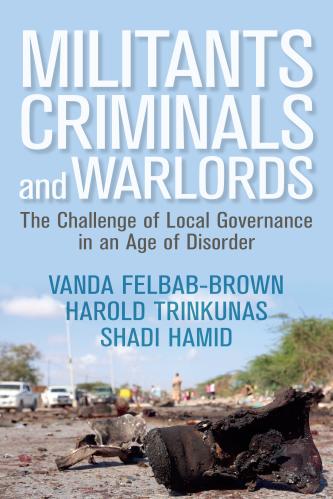

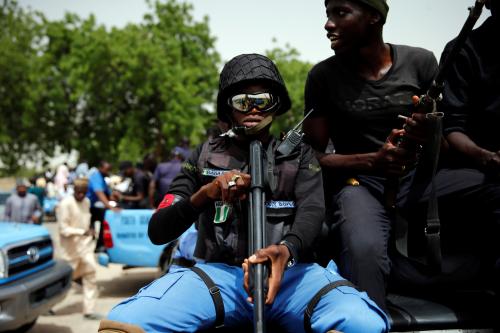
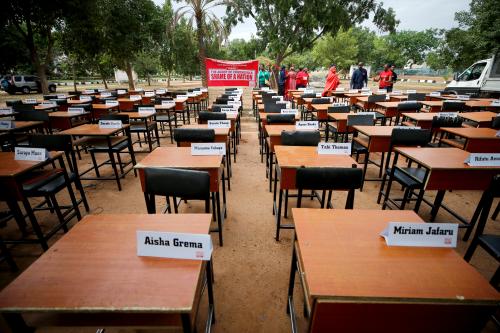
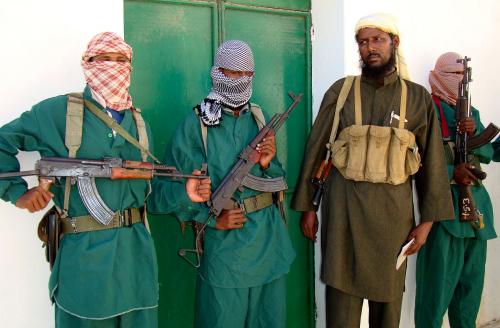

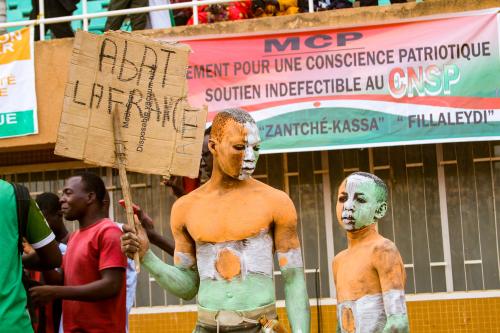
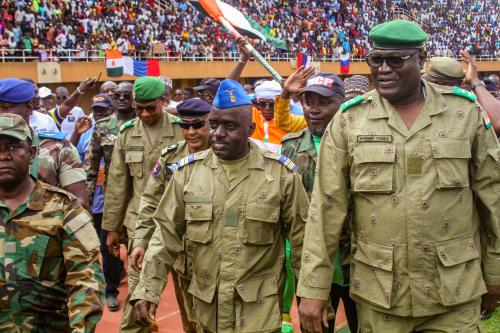
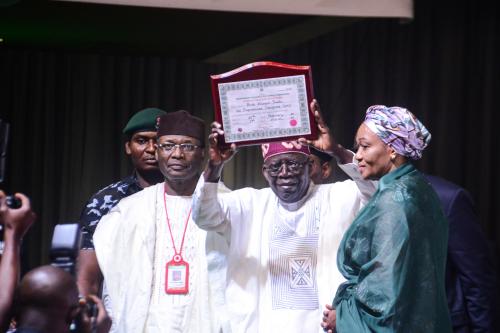
Commentary
As conflict intensifies in Nigeria’s North East, so too does a reliance on troubled militias
April 21, 2020